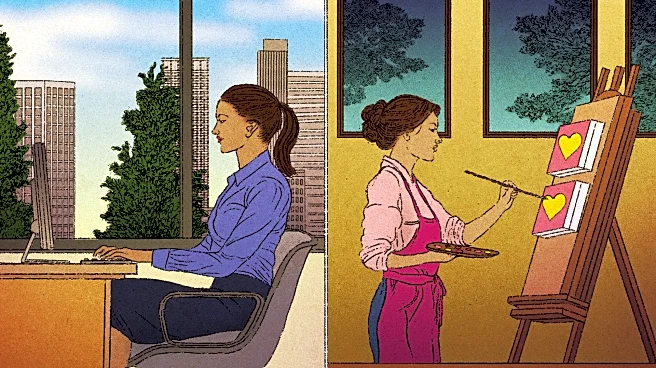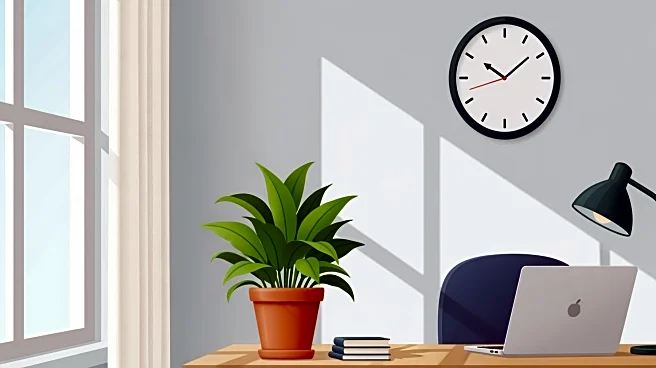What's Happening?
Workers at Tate galleries are experiencing in-work poverty and mental health issues, according to the Public and Commercial Services union (PCS). Over 150 Tate workers plan to strike later this month,
demanding better pay and the return of staff benefits. The strike is set to occur from November 26 to December 2, with workers rejecting a proposed 2-3% salary increase amid the cost of living crisis. The union highlights redundancies and increased workloads as contributing factors to low morale and financial strain among staff.
Why It's Important?
The planned strike at Tate galleries underscores the challenges faced by workers in the cultural sector, particularly regarding fair compensation and working conditions. As the cost of living rises, employees are struggling to make ends meet, impacting their mental and physical health. The strike could disrupt operations at Tate galleries, affecting exhibitions and visitor experiences. This situation reflects broader issues of in-work poverty and labor rights, prompting discussions about sustainable employment practices in the arts and cultural industries.
What's Next?
The upcoming strike may lead to negotiations between Tate management and the union to address workers' demands. The outcome could influence labor practices in other cultural institutions, potentially leading to improved pay and conditions for employees. Stakeholders, including visitors and art enthusiasts, will be affected by potential disruptions to exhibitions. The strike may also prompt broader discussions about funding and resource allocation in the arts sector, as institutions balance financial sustainability with employee welfare.
Beyond the Headlines
The ethical dimensions of in-work poverty raise questions about the responsibility of cultural institutions to their employees. As the arts sector faces financial pressures, there is a need to prioritize fair labor practices and employee well-being. The situation at Tate highlights the importance of addressing systemic issues in employment, such as wage disparities and job security. Long-term solutions may involve rethinking funding models and advocating for policies that support sustainable employment in the arts.













